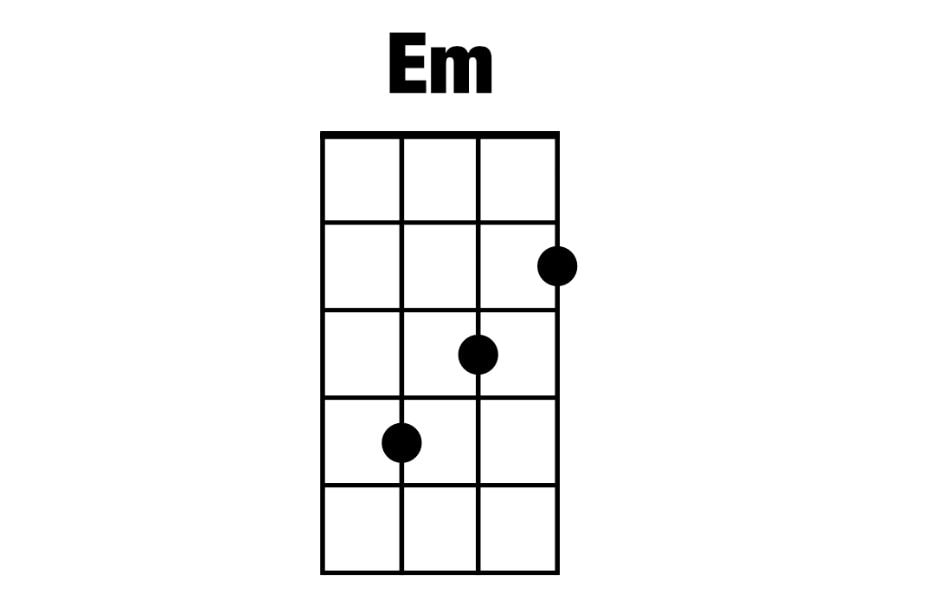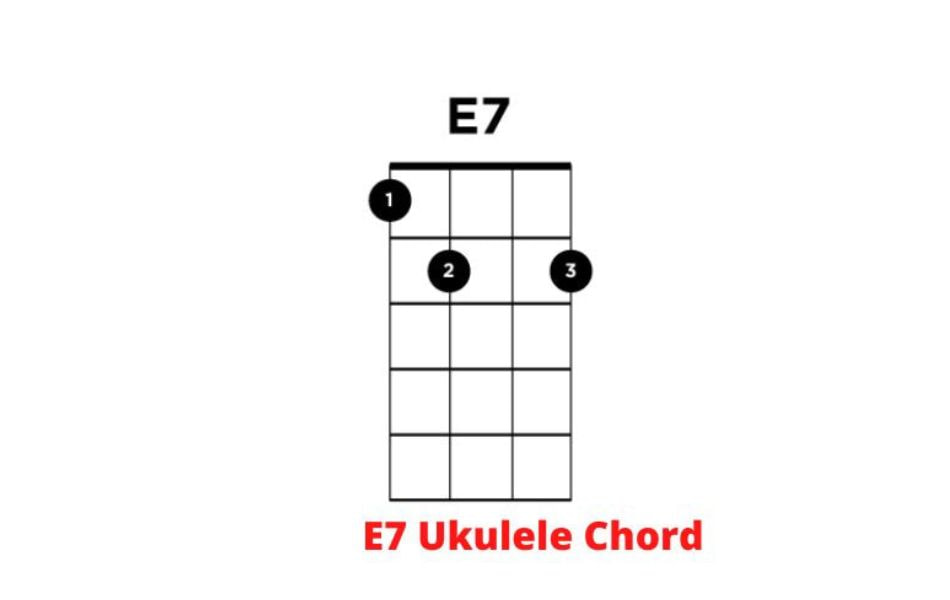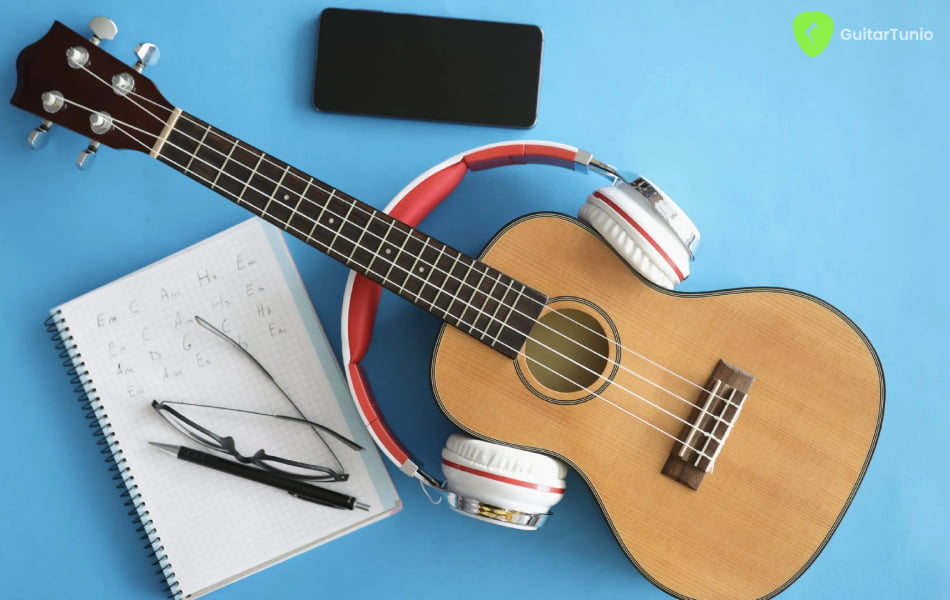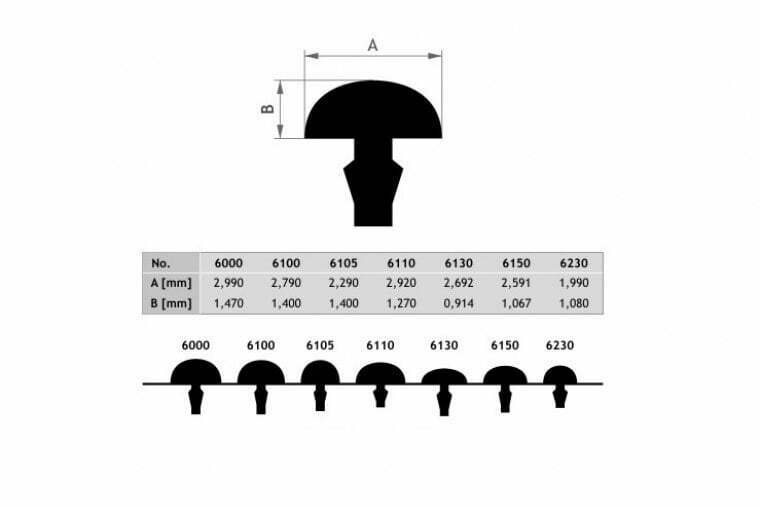How To Play E Ukulele Chord For Beginners
Whether you're just starting your ukulele journey or looking to expand your chord repertoire, mastering the E chord is a fundamental step. In this guide, we'll walk you through the steps and finger placements to make playing the E ukulele chord an enjoyable and accessible experience for beginners. So, grab your ukulele, and let's dive into the world of playing the E chord!
Overview of E chord ukulele
The E chord is a fundamental chord for ukulele players. With the characteristic of being a 4-string instrument, the E chord on the ukulele is often simpler than on the guitar. Similar to other chords, the E chord includes several basic chord variations such as E major (E), E minor (Em), E7 chord, E minor 7 (Em7), and E6.
E Major (E): Widely used in joyful, creative, and optimistic music.
Often the go-to chord for beginners due to its familiarity.
- E Minor (Em): Used in melancholic or introspective music, and pieces with an artistic and profound nature.
- E7: Frequently used as a transitional chord (commonly transitioning to the A chord).
- Adds emphasis and dynamics to a chord progression.
- E Minor 7 (Em7): Commonly used in jazz, blues, and more complex musical genres.
- E6: Provides a gentle and versatile sound, suitable for various styles, especially in easy-listening and gentle music.
Each chord has its own characteristics and emotions, so depending on the specific song you're playing, you may choose the chord that fits best. Experiment and explore how they work within the musical context you're in.
How to play E ukulele chord
E major ukulele chord
In order to produce the E major chord on the ukulele using this initial variation, position the ring finger on the 4th fret of the highest G-string, the middle finger on the 4th fret of the C-string, and the index finger on the 2nd fret of the lowest A-string. Allow the E-string to resonate freely.
E minor ukulele chord
When playing the Em chord, position your index finger on the second fret of the A string, followed by placing the middle finger on the third fret of the E string. Conclude by putting the ring finger on the fourth fret of the C string.
Ensure that the G string remains open, so take care that your ring finger does not unintentionally touch it. As long as your upper finger joints stay as straight as possible, you should not encounter any problems with muting tones; just maintain a spacious separation between them.

E7 chord ukulele
When playing an E7 chord, position your index finger on the first fret of the G string. Subsequently, place the middle finger on the second fret of the C string, and the ring finger on the second fret of the A string.
Ensure that the upper finger joints remain as vertically aligned as possible to avoid contact with other strings. It is crucial not to mute the middle E string, as it is vital for the chord. As long as you maintain perpendicular finger placement, playing the E7 chord should not pose too much difficulty.

E6 ukulele chord
To play the E6 (E sixth) chord on the ukulele, you can use the following finger placement:
- Place your index finger on the 1st fret of the G string (the fourth string).
- Place your middle finger on the 2nd fret of the C string (the third string).
- Strum all four strings from the G string (the fourth string) to the A string (the first string).
Ensure that your fingers press down on the frets with the tips, allowing the other strings to ring open. The resulting sound should be a clear E6 chord. Practice transitioning between different chords to enhance your playing skills.
Using Ukulele Tuner to learn ukulele chord
For a rapid and systematic approach to mastering ukulele chords, consider utilizing the Ukulele Tuner app. Beyond serving as a highly convenient tool for tuning your ukulele, this application is designed to enhance your understanding of ukulele chords in a smart way.
The app offers comprehensive guidance on all ukulele chords, ranging from basic to advanced, presented through vivid visual images. Additionally, it incorporates entertaining games that facilitate a fun and effective memorization of chords. Download the Ukulele Tuner app today and elevate your ukulele playing experience with its user-friendly and educational features.








